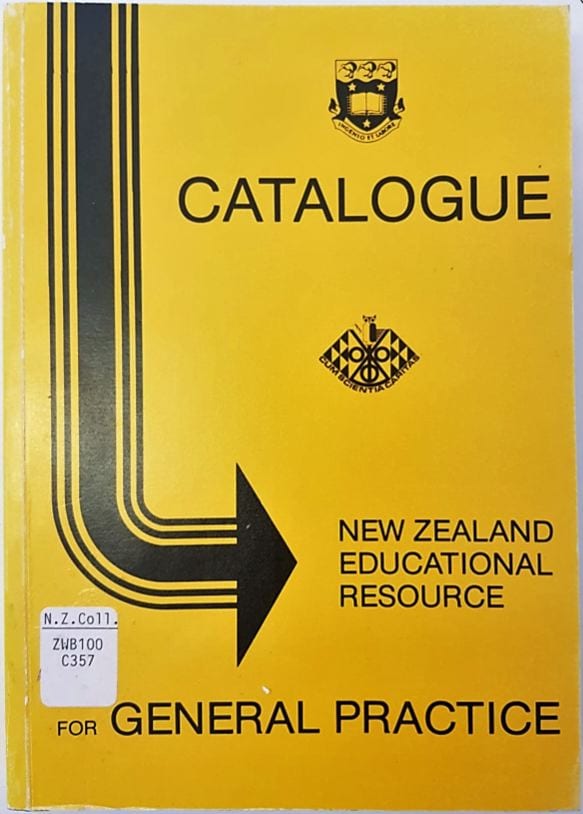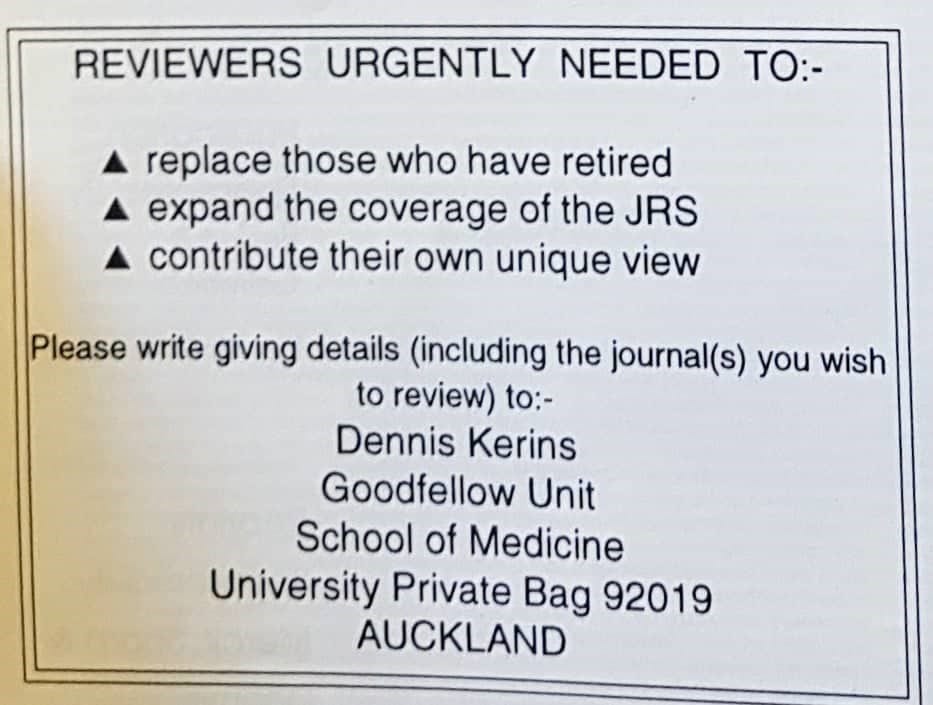The short face-to-face courses proved to be popular among GPs across the top half of the North Island. Yet the travel time and cost required to attend the courses meant they were not always

accessible for GPs who wanted to participate in the sessions. In 1982, Barham raised particular concerns about the limitations of existing continuing medical education for women GPs. He reported that the ‘combined roles of general practitioner, mother, wife and home manager put very real limits on women’s time and energy.’1 He anticipated that ‘our present social structures will continue to provide very real constraints’ on the abilities of women to participate in further education.
Women GPs’ attendance at the short courses reflected the enthusiasm with which many women pursued continuing medical education. Phil Barham’s 1982 annual report indicated that while women comprised nine percent of GPs in New Zealand, they represented nearly seventeen percent of the attendees at short courses. This rate was over double the number of women who attended the first courses the Unit had offered four years earlier in 1978. Phil Barham aimed to engage with the needs of women GPs. He invited women medical graduates to complete questionnaires and to attend two meetings to discuss the limitations of existing continuing medical education.
Considering some GP’s struggles to access onsite education, the introduction of distance learning was an especially noteworthy venture. With support from Margaret Gibson Smith, a staff member at the Philson Library within the University’s Faculty of Medical and Health Sciences, Phil Barham established the New Zealand Educational Resource in 1979.2 This mail order system enabled GPs to borrow books, journals, audio, and video cassettes from the Philson Library. They received the resources via mail delivery and could listen to cassettes in their cars during the commute to work, or watch the education videos at home. With external grants from The Butland Charitable Trust and the NZ Medical Education Trust in 1984, the Unit also produced new interactive videos and audio cassettes for small group sessions and for individuals learning by distance.3
The Goodfellow Unit’s emphasis on making medical updates accessible to GPs was also clear through the establishment of the Journal Review Service. In 1982, Phil Barham appointed Mary Hepple as the Director of Education Resource. Mary Hepple took responsibility for updating the Educational Resource and sourcing suitable material for video production. With financial support from the NZ Medical Education Trust, she also established the Journal Review Service within the Goodfellow Unit. This involved approaching GPs to write short summaries and comments about journal articles they had read. She then indexed, edited, and printed the reviews to circulate to GPs who could request photocopies of the original articles they wished to read from the Department of Postgraduate Affairs in which the Goodfellow Unit was located.
Mary Hepple left the Goodfellow Unit in the mid-1980s. Simon Oliver took over the Journal Review Service, followed by Dennis Kerins from June 1989.
Phil Barham reported that the Journal Review Service was an attempt to overcome the ‘problems of information overload’ that GPs faced as a result of the ‘ever-increasing quantity of professional reading’.4 By 1984, about twenty-five GPS from around NZ volunteered their time to read and review journal articles that they believed to be of relevance to other general practitioners, and nearly 450 GPs reported using the service.5 The popularity of the Journal Review Service continued to grow across the late-1980s and 1990s. By 1989, the Goodfellow Unit had sold quarterly issues of the Journal Review Service to Australia for the cost of $40, 000 per annum.6 In 1994, the Journal Review Service became a regular feature of the New Zealand Family Physician, the journal of the Royal New Zealand College of General Practitioners, with pharmaceutical companies sponsoring publication and reprints.
- Philip Barham, Annual Report of the Sir William Goodfellow Director of Continuing Medical Education in General Practice, 31 December 1982. ↩
- Annual report of the Sir William Goodfellow Director of Contuning Medical Education in General Practice for the year ending 31 December 1979, Philip Barham, p. 4. ↩
- Annual report of the Sir William Goodfellow Director of Contuning Medical Education in General Practice for the year ending 31 December 1984, Philip Barham, p. 2. ↩
- John Benseman and Philip Barham, ‘Coping with Information Overload: The Development and Evaluation of a Journal Review Service’, Medical Education vol 18 (1984): 446. ↩
- Philip Barham, Annual Report of the Sir William Goodfellow Director of Continuing Medical Education in General Practice, 31 December 1984. ↩
- Philip Barham, Goodfellow Unit, Moves Towards Self Sufficiency by 1993, November 1989, 2. ↩

